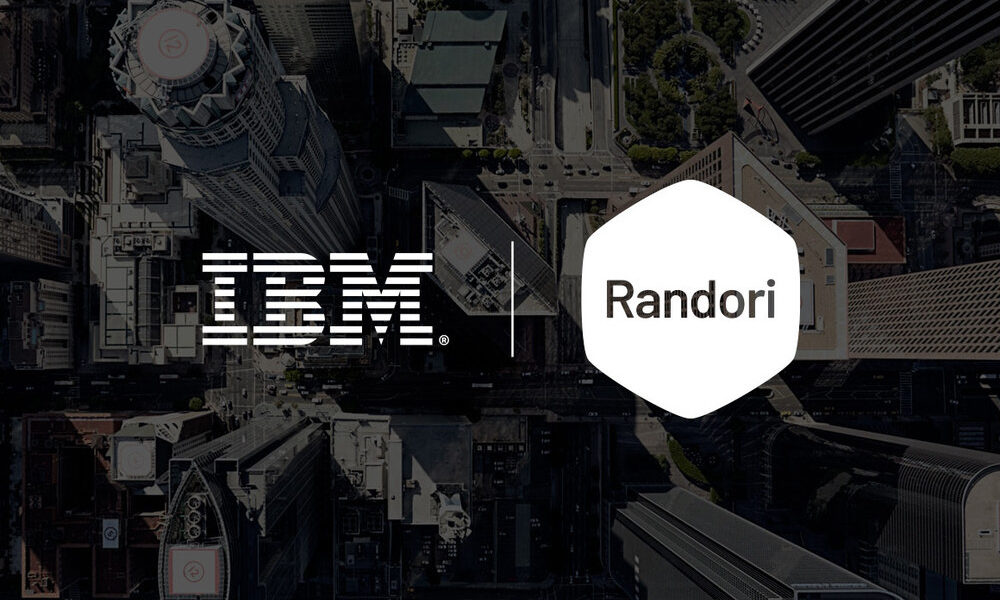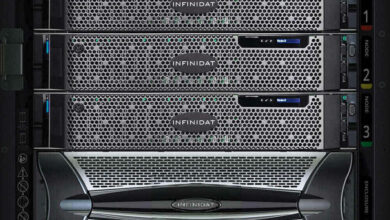
Given its success, cybercriminals have found in the operating system a perfect target to commit their attacks, looking for the vulnerability of its users and any possible crack to penetrate and cause greater damage. Although it is considered one of the most secure operating systems on the market, linux closed 2022 with a 117% increase in malware attacks with respect to those registered years ago.
In figures, and according to a report presented on January 18 by AtlasVPN, Linux received 73.7 million new threats last year, that is, he managed to reduce them by 39%, but even so they were constant. During the first quarter they detected 854,690 malware samples, in the second quarter 833,065 (3% decrease), in the third quarter 75,841 (91% decrease) and in the fourth quarter 164,697 (117% increase), for which it was a spiral of constant ups and downs. These figures contrast with the 121.6 million examples of malware collected during 2021.
root cause
More and more devices and servers are running on Linux operating systems, causing malware attacks driven by cybercriminals to increase. Linux malware is becoming more widespread, although these are not new attacks, they are simply vary their approach to be able to attack with more force against the companies that trust in Linux.
However, Linux is still not that popular among computer users, who prefer other operating systems. What makes Linux different, and appealing to hackers, is the fact that it runs back-end systems of numerous networkscausing that when it undertakes attacks these are lucrative and may generate numerous economic benefits in exchange for the stolen information.
protection methods
Those users who decide to bet on Linux as their operating system and who wish to protect their computer system from malware attacks must follow some basic security measures:
- Updating the operating system and installed software: Here are included security patches designed to protect systems against viruses, worms or any other type of threat. This is the only way to root out the problem of malware and its evolution.
- Use neutral accounts: It seems somewhat redundant, but many Linux users neglect this aspect. It’s fundamental using an account other than the system administrator by default, since this would mitigate any type of damage that hackers could cause.
- Safeguard file sharing: This should be executed with caution, so we should not share confidential data from unreliable sources, even if they requested it.
- Every measure of protection is little: Users of the Linux operating system should remain vigilant at all times. So, you have to be very careful when click on certain links or download files through the network that were of unknown origin. And it is that from there malware infections could enter that would end up damaging the entire operating system of our device.
Another basic recommendation is that, if the download some additional software through pop-up windows, be wary of it and do not run, since it could be associated with the presence of viruses that damage the user’s personal information.
- Installation of a comprehensive cyber protection solution: Only in this way will the provision of a series of additional necessary security measures against potential threats be guaranteed.
It is curious, but as the incorporation of Linux as the preferred operating system of users increases malware attacks are also increasing, as hackers see an opportunity to commit major crimes against its millions of users. The key is to prioritize security more than ever.



